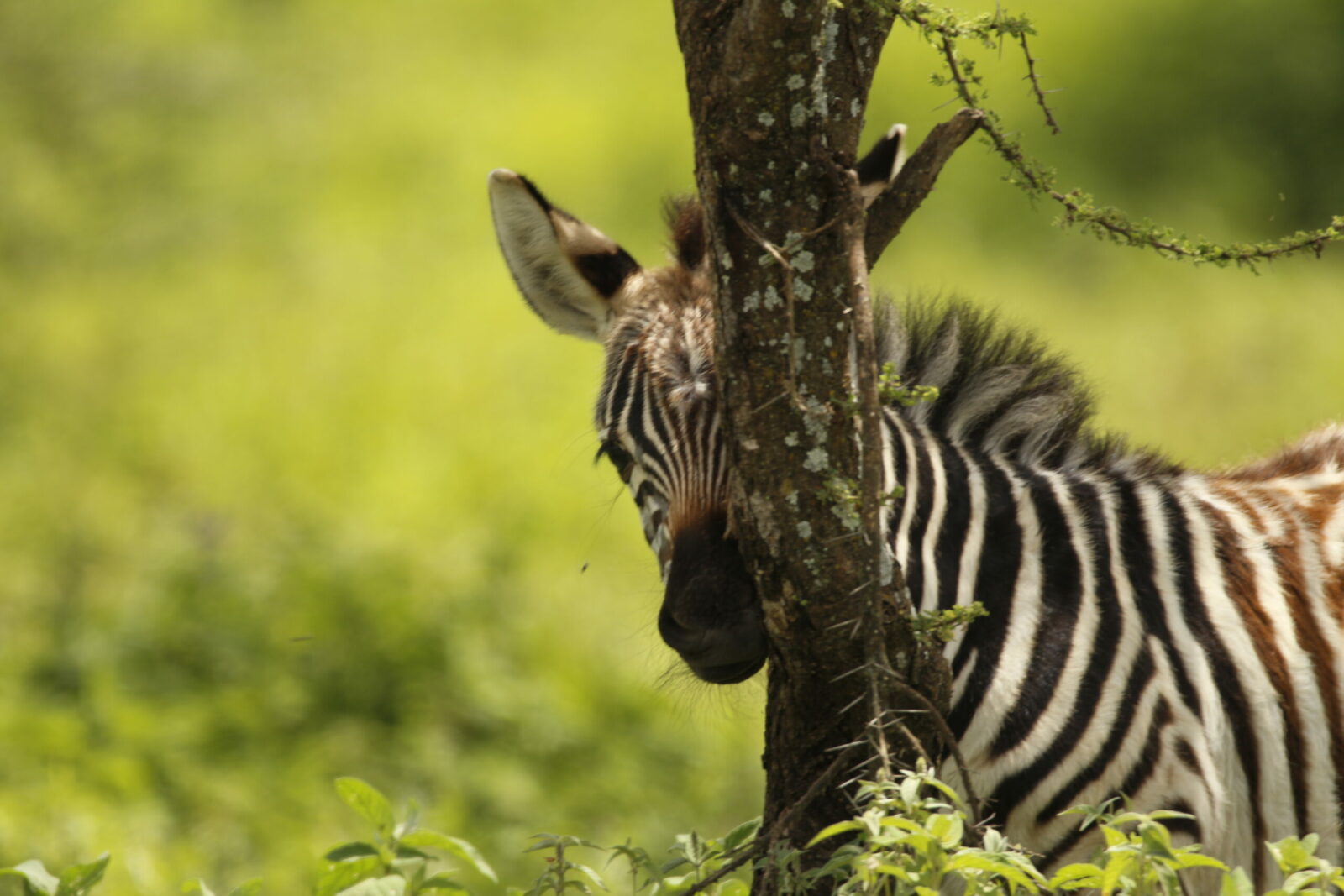The Great Migration is one of the most spectacular natural events on Earth, involving the movement of millions of wildebeest, zebra, and other herbivores across vast distances in search of food and water.
From January to February (although exact timing varies each year), the herds gather in the nutrient-rich ecosystem of southern Serengeti. (For further detail about this time in the southern Serengeti, see the blog from my colleagues, who visited the area just a short time before I did.) The area provides an optimal environment for the migrating, pregnant females to give birth and for the newborns to thrive. The babies are born into conditions that support their growth and development.
Known as the “green season,” this time in the Serengeti teems with vibrant beauty across vast landscapes. A visit during this time allows you to witness nature’s rebirth as the area comes alive with life, color…and adorable animal babies!
I visited the southern Serengeti in February, 2024. Below are just a few of the adorable babies I saw:
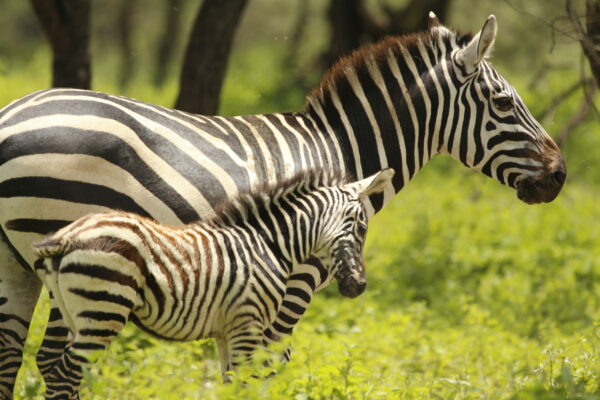
After giving birth, zebra mothers remain vigilant to protect their newborn foals from predators such as lions, hyenas, and leopards. Zebras have strong maternal instincts and will fiercely defend their young against perceived threats.
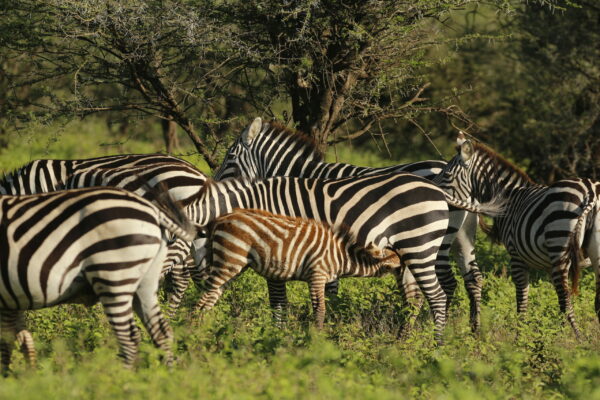
Once the foal is strong enough to walk and keep up with the rest of the group, usually within a few hours of birth, they rejoin the herd. The foal learns social behaviors and survival skills from its mother and other members of the herd, such as recognizing alarm calls and identifying potential dangers.
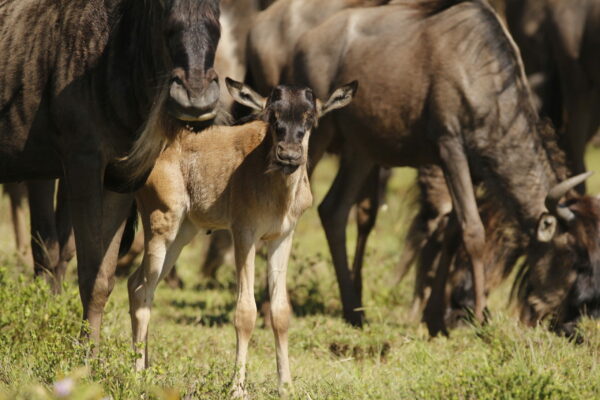
After giving birth, a mother wildebeest offers maternal care to her newborn calf. She encourages the calf to stand up and nurse and then integrates the calf into the social group. These actions contribute to the survival and well-being of the newborn calves in a dynamic and challenging environment.
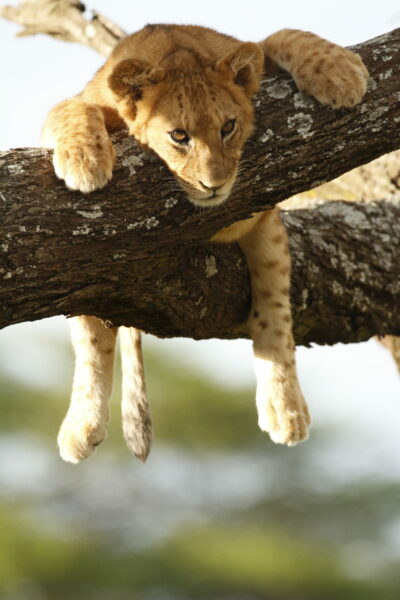
While lions mate and give birth throughout the year, many births occur during this season, when environmental conditions are most favorable for the survival of young cubs. Lionesses give birth after a gestation period of around 110 days.
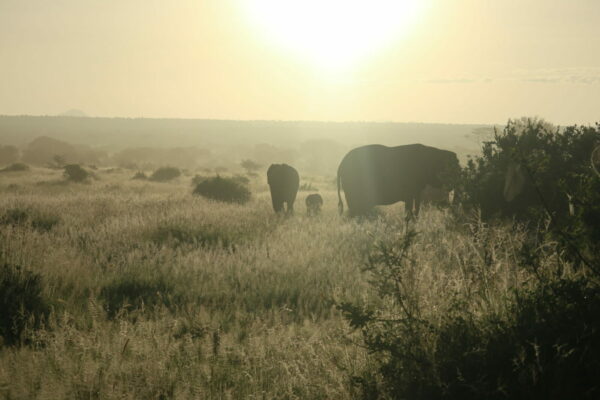
Elephants also give birth throughout the year and their gestation period is around 22 months. Their breeding tends to be influenced by seasonal variations in food availability and environmental factors.
In Summary
Embarking on a safari during the green season offers an enchanting experience in the vibrant rhythms of the African wilderness. The landscape transforms into a lush paradise by the nourishing rains, and you will be treated to breathtaking scenes of rich, green plains and vibrant vegetation. It is an ideal opportunity to witness the circle of life as newborn animals take their first steps into the world, adding a touch of magic to every encounter. Fewer crowds mean more intimate wildlife sightings and this time promises an unforgettable safari, filled with awe-inspiring moments and unparalleled natural beauty.
